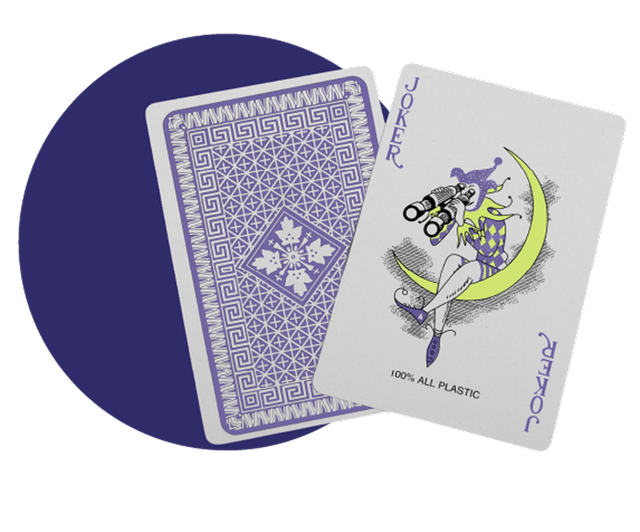
AI and the Retail Marketer’s Future
How AI transforms strategy and processes, driving the adoption of Positionless Marketing
Exclusive Forrester Report on AI in Marketing

The holiday season calls for generosity, but in gaming, the challenge is doing it wisely. While players expect bonuses during the festive season, operators must be mindful of their profit-and-loss (P&L) statement to avoid overspending. Striking the right balance between giving away holiday bonuses and retaining players can be challenging – but with data-driven bonusing strategies, operators can ensure their generosity is meaningful and profitable.
This blog offers clear insights on optimizing holiday bonuses. Here's what operators can learn:
Bonusing is a cornerstone of player engagement in the gaming industry. Done right, it drives retention and loyalty; done wrong, it drains profitability. Optimove found that excessive generosity can lower profit margins and miss opportunities. For every $1 bonus spend, the average bonus abuser drives $2.70 in negative Net Gaming Revenue (NGR).
Over-generosity, while well-intentioned, can create a habit that's difficult to break. That’s why having a strategic plan is essential. Using advanced analytics and predictive modeling, operators can create a strategic bonusing strategy that balances player behavior, business objectives, and profitability.
To avoid unnecessary spending while keeping retention rates high, operators need to evaluate two critical metrics for each player:

Not all players react the same way to a bonus. Some may be delighted, while others might ignore or even be annoyed by another promotion or campaign. Predictive modeling allows operators to segment players into target groups to focus on those most likely to respond positively.
Operators must use smart segmentation to know who to give bonuses to and ensure that the reward goes to loyal, high-value players and not seasonal bonus abusers. This is critical for knowing who truly matters and rewarding them accordingly.
When different player segments are targeted with a bonus, the likely outcome is:

Will Not Respond: Players unlikely to engage with any bonus offer.
Will Respond: Players who will engage with the right offer.
By focusing on the "Will Respond—Persuadable" segment, operators can maximize the impact of their bonuses without wasting budgets and resources on ineffective campaigns. Personalizing bonus types and amounts and sending them only to those likely to engage reduces bonus spending and improves overall profitability.
Once operators identify the player segments to target, the next step is determining the bonus type and amount that will incentivize them. This includes:
The goal is to deliver personalized and meaningful bonuses to the player while ensuring the cost aligns with the overall return on investment (ROI) objectives.
Predictive modeling is the secret weapon for breaking the habit of over-generosity. Optimove’s Predictive Models enable marketers to develop proactive strategies by forecasting customer actions at every step of their lifecycle. From predicting conversion rates and identifying top spenders to gauging churn risk and estimating future value, these models provide insights that enable operators to create personalized, targeted campaigns that drive growth.
By analyzing player data with Predictive Analytics, operators can:
With these insights, operators make smarter, data-driven decisions about holiday bonuses—and beyond.
The holidays are a wonderful time to reward players, but generosity shouldn’t be limited to one season. By leveraging Optimove’s predictive modeling capabilities, operators can create a bonusing strategy that’s thoughtful, effective, and sustainable throughout the year.
This holiday season, give players the gift they truly deserve, delivered at the right time and in the right way. Your players—and bottom line—will thank you. Merry Christmas!
For more insights on generosity marketing, bonus optimization, and predictive analytics, contact us to request a demo.
Exclusive Forrester Report on AI in Marketing
In this proprietary Forrester report, learn how global marketers use AI and Positionless Marketing to streamline workflows and increase relevance.


Moshe Demri leads Optimove’s global revenue team and is focused on helping clients optimize their customer retention plans and their use of the Optimove software. Moshe has vast experience consulting clients as a data scientist, analyzing their customer data and revealing actionable, data-driven marketing insights.
Moshe holds a BSc in Industrial Engineering and Management, specializing in Information Systems.


